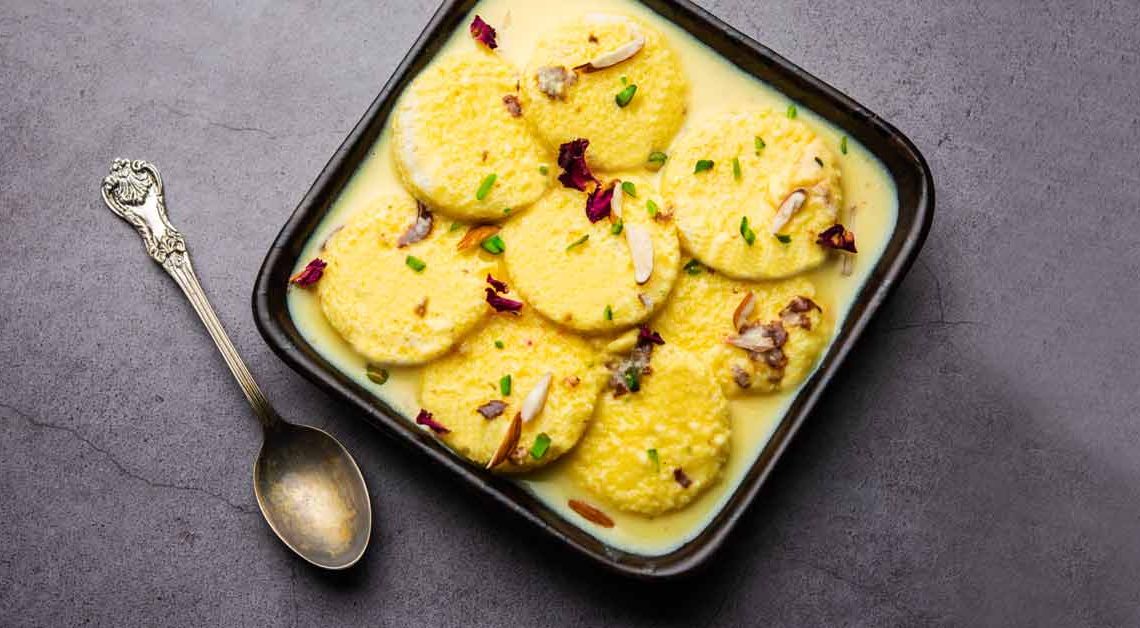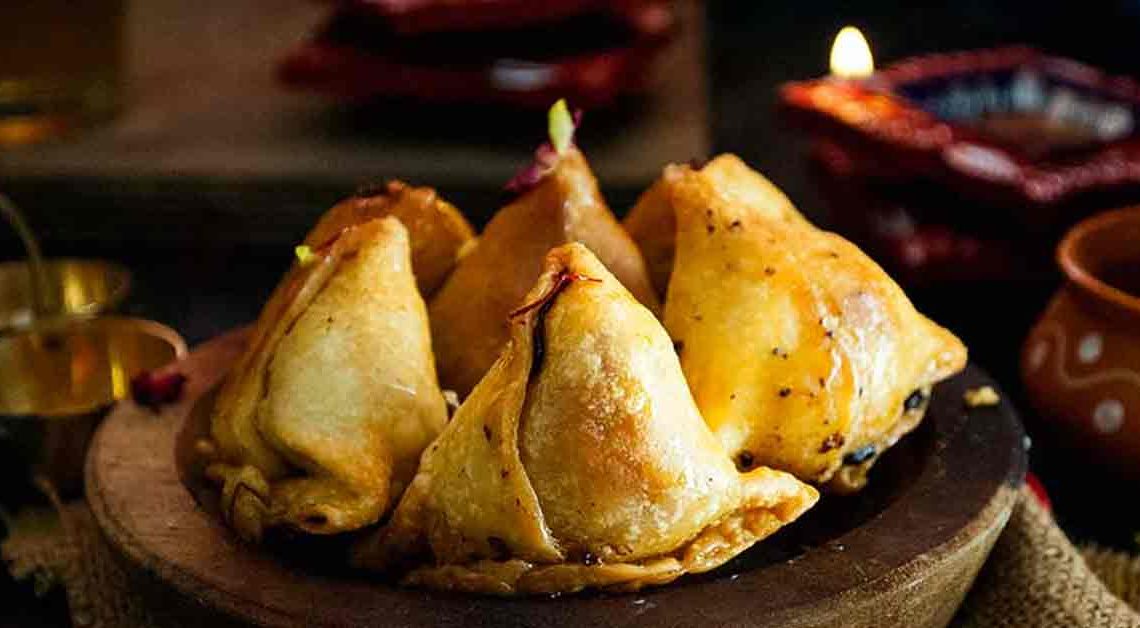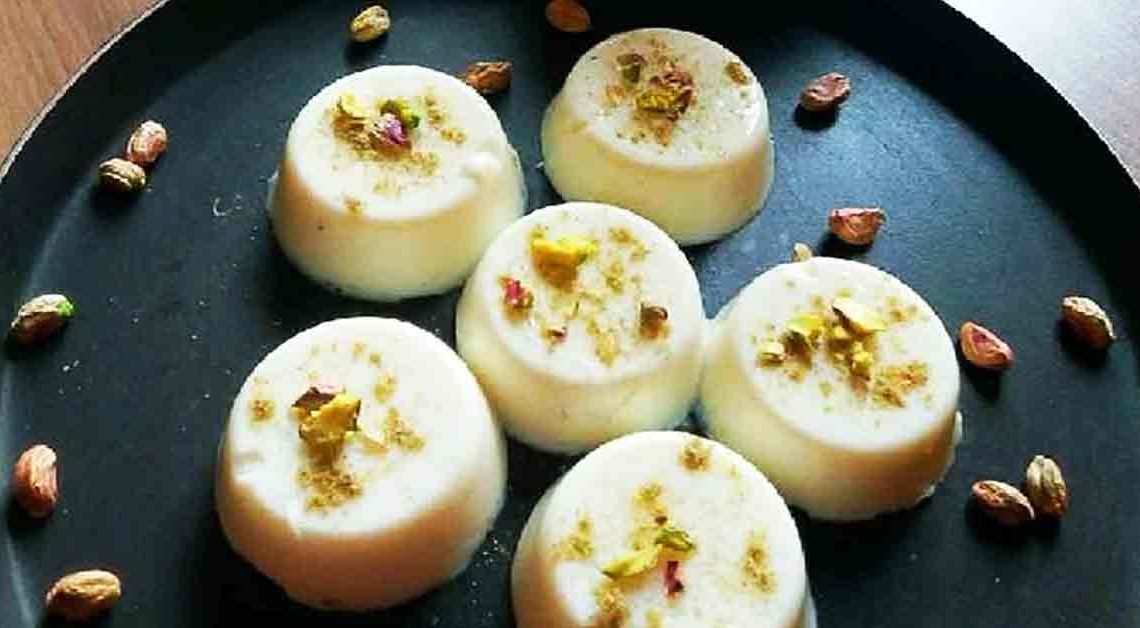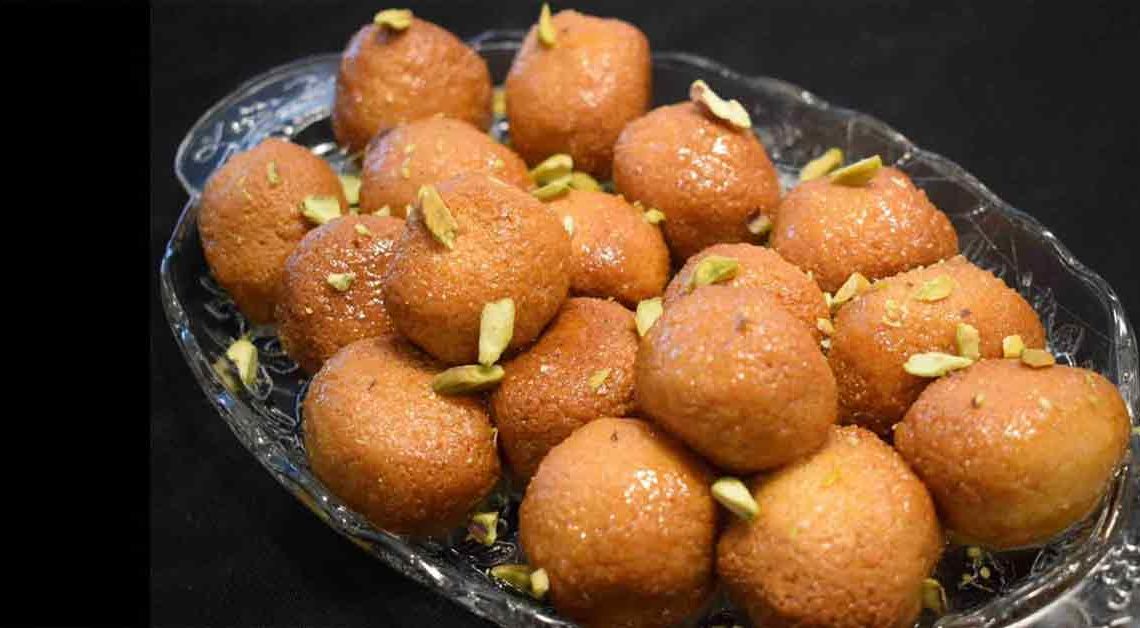Ras Malai: The taste of Delicate Royalty

Welcome to the world of sweetness, where we bring to you one of the most popular and beloved desserts from the Indian subcontinent – Ras Malai. This heavenly dessert is a delicacy that is loved by all ages and is sure to leave you wanting more.
Ras Malai is a soft and spongy cottage cheese dumpling soaked in a rich and creamy milk syrup, flavored with cardamom and saffron, garnished with pistachios and almonds. This delectable dessert is a perfect blend of textures and flavors that will leave your taste buds craving for more.
The origin of Ras Malai can be traced back to the eastern region of the Indian subcontinent, where it was first created as a royal dessert. Over the years, it has gained immense popularity and has become a staple dessert in many households, especially during festive occasions and celebrations.
In this blog, we will take you on a journey to explore the world of Ras Malai, its history, the different variations and recipes, and also share some tips and tricks to help you make the perfect Ras Malai at home. So, get ready to indulge in the sweetness of Ras Malai, as we unravel the secrets of this beloved dessert.
Origin of Ras Malai
The origin of Ras Malai can be traced back to the state of West Bengal in India. It is believed to have been invented by the famous confectioner, Nobin Chandra Das, in the town of Krishnanagar, in the 19th century. According to legend, Nobin Chandra Das was experimenting with a new type of dessert when he accidentally dropped a ball of chenna (cottage cheese) into boiling milk. Instead of throwing it away, he decided to let it simmer in the milk for some time. To his surprise, the chenna ball turned into a soft, spongy texture and soaked up the sweetened milk, creating a mouth-watering dessert. He named it Ras Malai, with ‘Ras’ meaning juice or syrup and ‘Malai’ meaning cream.
History of Ras Malai
It has a rich history that is closely intertwined with the culture and traditions of India. In ancient times, milk and milk products were highly valued in Indian society, and they were often used as offerings to the gods during religious ceremonies. The tradition of making sweet dishes with milk and milk products has been passed down through generations, and Ras Malai is one such dish that has stood the test of time.
During the colonial period, when India was under British rule, many Indian sweets and desserts gained popularity among the British elites. Ras Malai was one of them, and it became a favorite among the British officers and the upper class. As a result, the popularity of the dish spread beyond India, and it became famous in other parts of the world as well.
Cultural Significance of Ras Malai
Ras Malai has a special place in Indian culture and tradition, and it is often served during festivals and special occasions. In many parts of India, it is believed that consuming sweets brings good luck and prosperity. Therefore, Ras Malai is often served at weddings, birthdays, and other celebratory events.
The dish is also associated with the festival of Diwali, which is one of the most important festivals in India. During Diwali, it is customary to exchange sweets and gifts with friends and family. Ras Malai is one of the most popular sweets that is exchanged during this festival.
In addition to its cultural significance, Ras Malai is also considered to be a nutritious dessert. Milk and milk products are rich in protein and other essential nutrients, and they provide a healthy source of energy. Therefore, Ras Malai is often recommended for people who need a quick boost of energy.
Where is Ras Malai Famous?
Ras Malai is a popular dessert in India, Pakistan, Bangladesh, and other South Asian countries. It is also popular among the South Asian diaspora in countries like the United Kingdom, Canada, and the United States.
In India, Ras Malai is especially popular in the eastern states of West Bengal, Odisha, and Assam. In West Bengal, it is often served with a unique twist – the milk used to soak the sweet is flavored with cardamom, cinnamon, and other spices, giving it a distinct taste.
Interesting Facts and Trivia Related to Ras Malai
- It is a popular Indian dessert that originated in the eastern state of Odisha.
- The name “Ras Malai” is derived from two Hindi words, “ras” meaning juice and “malai” meaning cream.
- It is made from chhena (cottage cheese), sugar, and milk.
- The dish is typically served chilled and garnished with nuts, such as pistachios or almonds.
- It is similar to another popular Indian dessert, Rasgulla, but is served in a creamy milk syrup instead of plain sugar syrup.
- The origins of the sweet can be traced back to the 11th century in Odisha.
- The dessert was originally known as “Rossomalai” in Odisha.
- It is a popular dessert in India, Bangladesh, Pakistan, and other South Asian countries.
- It is often served at weddings, festivals, and special occasions.
- It is believed to have been first made by a famous Bengali chef named Nobin Chandra Das.
- The dish was created in the 19th century in Kolkata, which was then known as Calcutta.
- The original recipe of the sweet include saffron and rosewater.
- The sweet is sometimes served with a small amount of cardamom powder for added flavor.
- It is made by first making chhena from milk, which is then shaped into small balls and cooked in a sugar syrup.
- The balls are then soaked in thickened milk, which has been flavored with cardamom, saffron, and other ingredients.
- The dish is typically chilled before serving.
- It is a low-calorie dessert compared to other popular Indian desserts like Gulab Jamun or Jalebi.
- It is often made at home, but can also be found at Indian sweet shops and restaurants.
- The dish has become so popular that it is now available in canned and frozen forms.
- It is sometimes served with other Indian desserts like Kulfi or Falooda.
- The dessert has gained popularity in other parts of the world, including the United States and the United Kingdom.
- In Pakistan, it is often served during the month of Ramadan.
- In Bangladesh, it is often served during Eid al-Fitr, which marks the end of the holy month of Ramadan.
- It is often associated with Bengali cuisine, but is also popular in other parts of India, such as Uttar Pradesh and Rajasthan.
- It is often served in clay bowls, which are believed to enhance the flavor of the dish.
- The dish is often topped with silver leaf, which is considered to be an auspicious addition.
- It is a popular dessert among vegetarians, as it is made without any animal products.
- In some parts of India, It is served with paan, a traditional Indian mouth freshener.
- It is a delicate dessert and requires careful preparation to avoid the chhena balls breaking apart or dissolving in the syrup.
- It is a delicious and satisfying dessert that is enjoyed by millions of people around the world.







